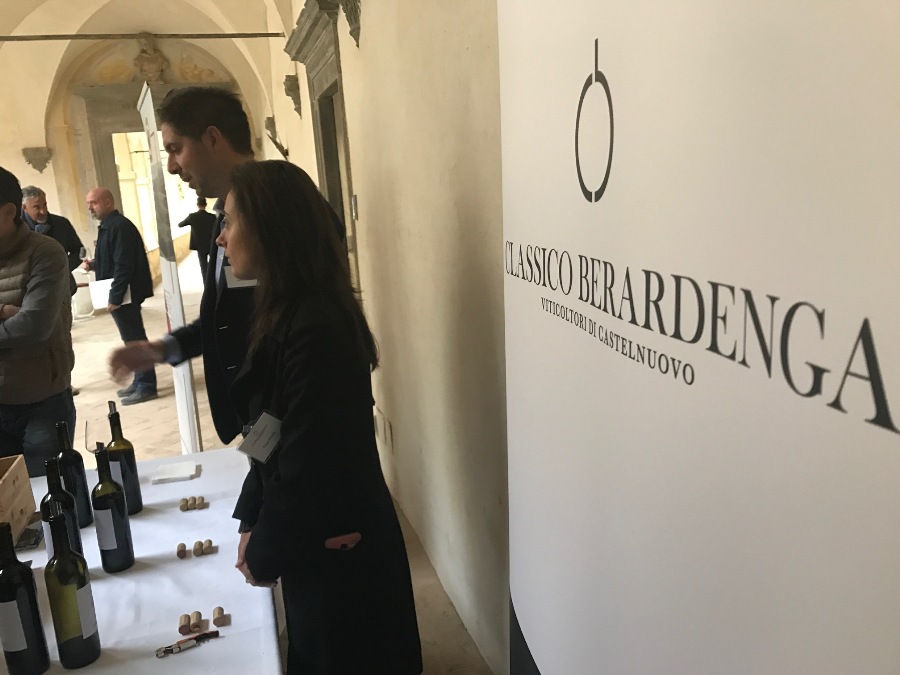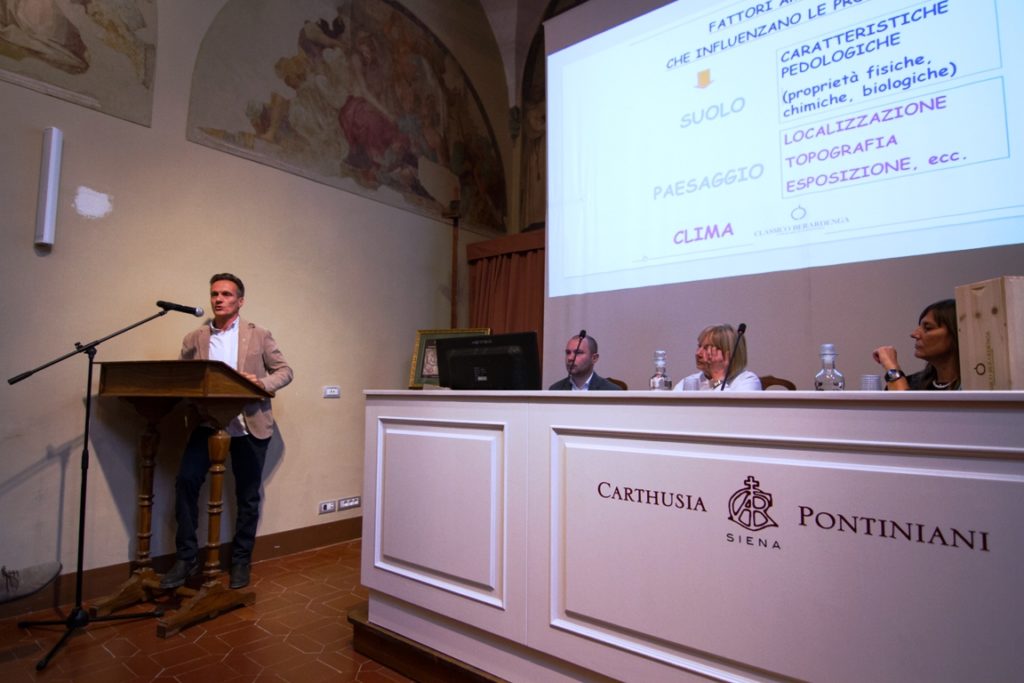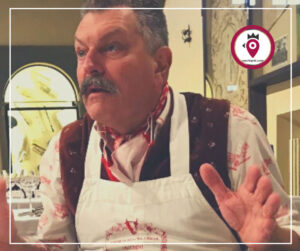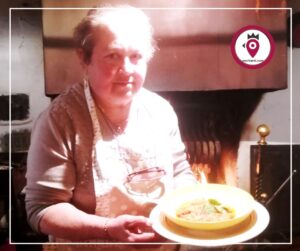Articolo disponibile anche in: Italian
An authoritative voice, speaking from the other side of the world, is pushing the Chianti Classico towards a classification of wines according to production areas, municipalities, and sub-areas within a comune.
During “Terra Vocata”, the event organized by the wine producers of the Classico Berardenga on Friday 27th October at the Certosa di Pontignano, Monica Larner, journalist and Italian manager of Wine Advocate and robertparker.com, was clear in expressing her point of view.

“For me the Chianti Classico is a book – she explained – and every municipality is a chapter: San Casciano, which is close to Florence, is more open, Greve in Chianti feels quite wild, in Tavarnelle, Barberino and Poggibonsi, I see the a strong production power and the base of the Sangiovese; in Castellina I find classic wines, while in Radda I’m fascinated by altitudes, freshness, acidity, long-lived wines. In Gaiole in Chianti there’s a strong sense of tradition – I travel back in time – while in Castelnuovo Berardenga there is this opening of light and spaces, it seems almost a brighter wine”.
“My suggestion – she said – is to start describing the sub-areas in your technical sheets. In our next release we’re going to review over 250 Chianti Classico wines and I’ve used the word “comune” (municipality) to describe the geographical location. You can indeed find the wines by “comune” in our database, and I also have considered Panzano in Chianti as an autonomous entity”.

CONVEGNO – Leonardo Bellaccini, enologo di San Felice. Nella foto in alto Monica Larner
This is a very important contribution, from the United States, to a discussion which is still open – between those who would like to see the sub-areas put into action and those who still doubt.
“Chianti Classico – continues Monica Larner – offers one of the most interesting territories to tell our readers about, and one of the reasons is because the wine producers are constantly evolving”.
Among the five basic features that Larner points out in the “100 points wines” of Robert Parker, is the fact that they are a direct reflection of the territory where they get produced.
“The wine – she concluded – must tell us where it was born. We need new ways to describe the territory: the sub-areas are a tool that can help to sell wine, to illustrate it and to increasingly engage the consumer at an intellectual level”.
Matteo Pucci


